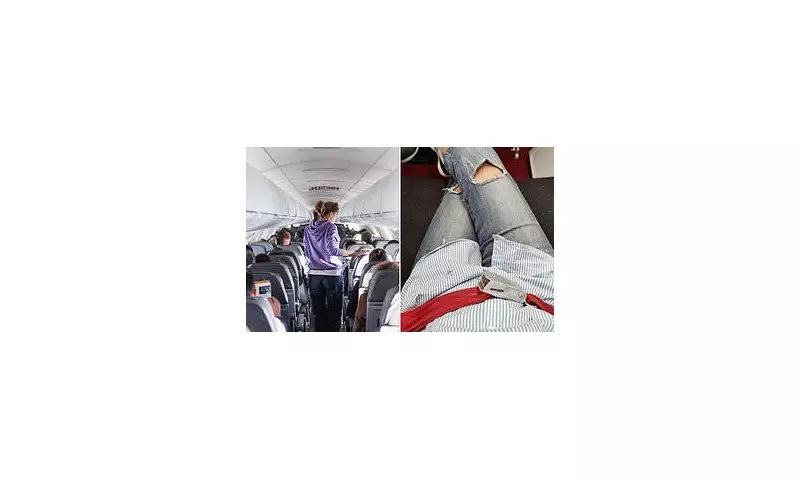
For many, settling into an aeroplane seat and crossing their legs is an automatic, comfortable position. However, a leading physiotherapist has issued a stark warning that this common habit could be putting your health in serious jeopardy on long-haul journeys.
The Hidden Danger At 35,000 Feet
According to the expert, crossing your legs whilst flying is a critical mistake. This seemingly innocuous action compresses the veins and structures behind the knee, severely restricting blood flow. At high altitudes, where cabin pressure already affects circulation, this dramatically increases the risk of developing a Deep Vein Thrombosis (DVT)—a dangerous blood clot that can be life-threatening if it travels to the lungs.
Your In-Flight Survival Guide
So, what should you do instead? The key is to promote circulation whenever possible. Here are the physio's top tips for a healthier flight:
- Keep Feet Flat: Always plant your feet flat on the floor to keep blood flowing freely through your legs.
- Ankle Circles Are Key: Regularly rotate your ankles in both directions. This simple movement is a powerhouse for calf muscle activation and circulation.
- Take A Walk: Make a conscious effort to get up and walk down the aisle every hour, if you can. This is the single most effective thing you can do.
- Stay Hydrated: Drink plenty of water throughout the flight to keep your blood from thickening.
- Consider Compression: For those at higher risk, compression socks can provide essential support to your veins.
Who Is Most At Risk?
While all passengers should be cautious, some individuals need to be extra vigilant. This includes those who have had a previous blood clot, are on certain medications like the contraceptive pill, have a family history of clotting disorders, or have recently undergone surgery. For these flyers, crossing legs is an absolute no-go.
By making these small but vital changes to your in-flight routine, you can significantly protect your wellbeing and ensure your journey is safe from takeoff to landing.





